For the longest time, orchestras would advertise a concert and then present the concert, and that was perceived as enough. In the last several years there has been a realization that it wasn’t enough and phrases like “Audience Engagement” started to pop up.
There are many definitions of Audience Engagement depending on what side of the business you talk with. But what is clear right now is that orchestras rarely close the loop which includes the audience into the concert equation.
Orchestras start the loop by presenting a concert, and typically they don’t close the loop by listening to audience reactions or by giving audiences a voice. That is the lowest hanging fruit and it rarely gets harvested; but when it does, the foundations of an orchestra and its power to sincerely connect with its community and audience only strengthens!
There was a fabulous video the Concertgebouw Orchestra shared recently where they invited their audience to sit amongst the orchestra while they performed. As explained in the video’s voice over, people can “be inside the music” and “are able to hear the instrument they are sitting next to louder,” essentially to experience it as orchestra members experience it. And what the orchestra did next was one of the best definitions of audience engagement by closing the loop: it welcomed a robust discussion directly after the performance!
This concept of allowing patrons to sit within the orchestra is not particularly new, but it is the discussion that completes the entire experience. It closes a loop that usually never gets closed in the orchestral world by allowing the audience to share how they felt or what their perspective was. It also allowed for questions and discussion.
To me, this is a wonderful example of true Audience Engagement. The audience is invited to be included and react if they want. Many important things can be learned in one of these after-concert discussions, from hearing what people find important, to listening to how people’s experience hit…or missed….the mark. Either way, deep listening and space that invites discussion are key ingredients in true Audience Engagement!
For some, Audience Engagement can mean a variety of different things, from allowing people to clap and feel joy during a concert, to participating in future decisions of an organization. Some people’s definition of the term simply leads to “repeat ticket sales.”
But I can assure everyone, no audience member wants to be only seen or valued as just a ticket buyer or potential donor. Many want to feel as though they are part of the journey along with the organization. They want to feel valued as participants in the artistic experience.
One thing for certain, the term audience engagement should be centered on audience and how the audience is invited or welcomed to respond. Simply put, the focus needs to be on the listener, and not just hoping they buy tickets again, but to find out how their experience was and to keep the communication open.
So, let’s close the loop in the concert experience. This involves the audience!
- Step one: Advertise for the concert.
- Step two: Present the concert.
- Step three: Seek input, involvement, thoughts, and comments and share meaningful experiences with and for the audience.
There are several ways to engage on this level. Beside copying what Concertgebouw wisely did, here are a few ideas gathered from orchestras currently succeeding at engaging their audiences:
- Organize with a caterer and plan for a post-concert cocktail event, open to everyone, right in the lobby of your hall. Invite musicians, staff, and board members along with the audience. Designate a few people to introduce people to each other and get the conversations started.
- Everyone is stretched, a pre-existing relationship with a catering company can be helpful.
- Locate a restaurant near the concert venue and consider a similar plan to #1 on this list.
- Like #1, having a pre-existing relationship helps make this option smoother.
- Have a “Talk Back” directly after the concert. Make an announcement that those audience members who wish to stay and ask questions or share a comment would be welcome. Absolutely make sure there are a few key musicians and artists as well as the music director. Consider including a moderator as well.
- Have surveys available in the lobby either by QR code or the old-fashioned way with pen and paper. Make sure survey questions don’t lead to answers the organization wants to hear, but to genuinely gauge how people felt their experiences were.
- You can hire an expert to help create non-biased questions and to analyze the results.
- Consider a unique, out-of-the-box approach. For example, if the orchestra was performing Ralph Vaughan Williams’s Lark Ascending and Ottorino Respigi’s Gli Uccelli (The Birds) on the same concert, why not create a Symphony Birding Walk on a day leading up to or directly after the concert? It’s an innovative way to allow art to help build community in a unique, engaging, and fun way.
- Since staff are typically stretched, partnering with a local birding club would help pave the way for this fun event. Don’t discount connections a board member or musician might have.
- Think about how companies like Chewy and Amazon engage with their customers: Chewy encourages pictures to be posted on its social media of people’s pets with their products. Amazon encourages reviews and even has a place where people can add follow-up questions if they need more advice or help.
- Encourage people to share photos of their concert experiences and leave reviews on your social media platforms.
There are many ideas and many ways to engage audiences. The point is the classical music field needs its own hearts and minds to deeply listen to the people who are paying for the tickets with both money and their time. The days of hoping people show up are gone. Our new loop is to Program the concert, Present the concert, and then Close that loop by sincerely hearing reactions and impressions and learning from and reacting to them. Otherwise, why did we just have a concert?
(P.S. When engaging with audiences, a helpful tip is to include ALL stakeholders: musicians, board members, volunteers, staff…let’s stop leaving out some of the stakeholders in these efforts. It’s all our responsibility for the future of this artform!)
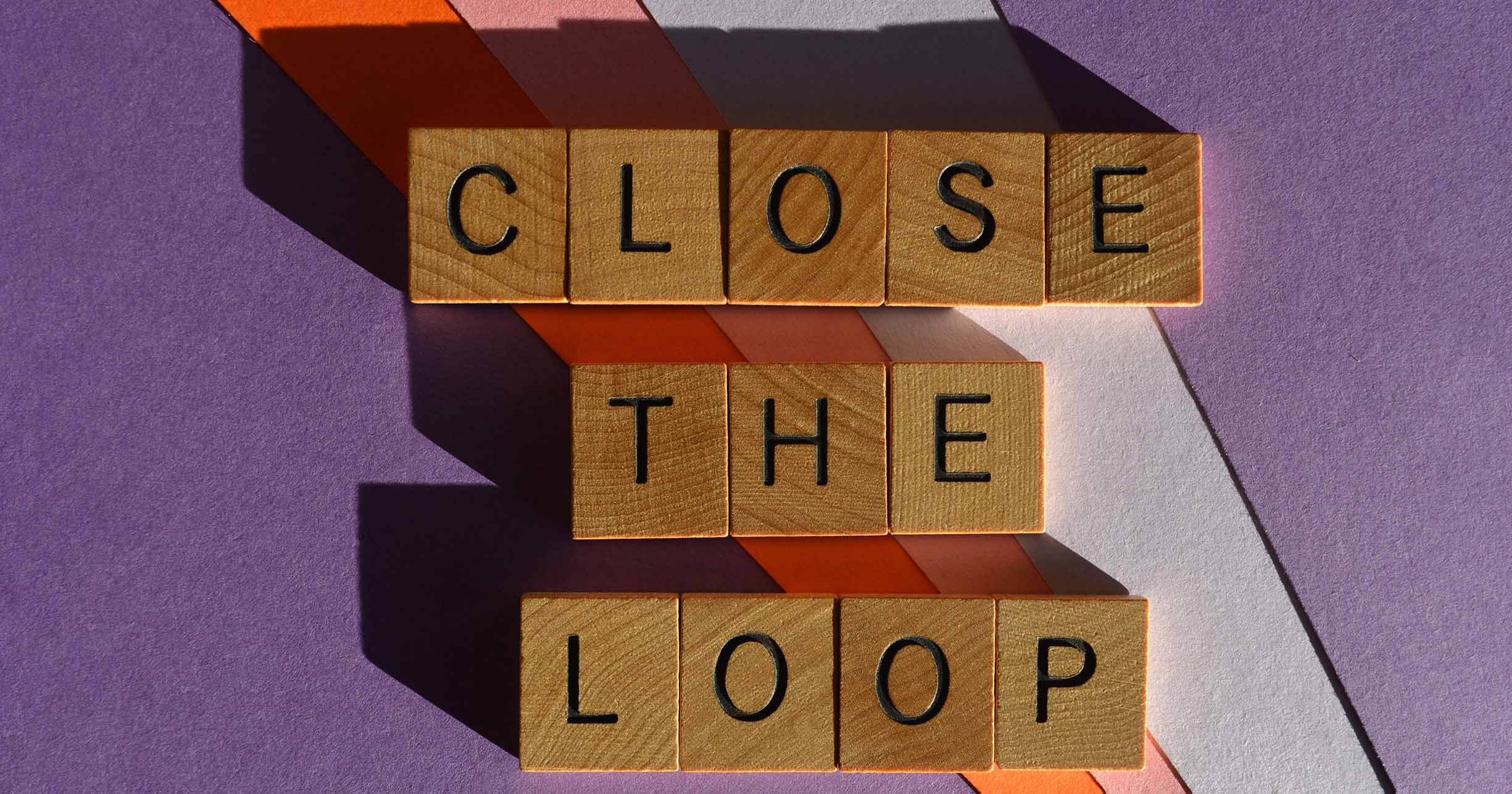


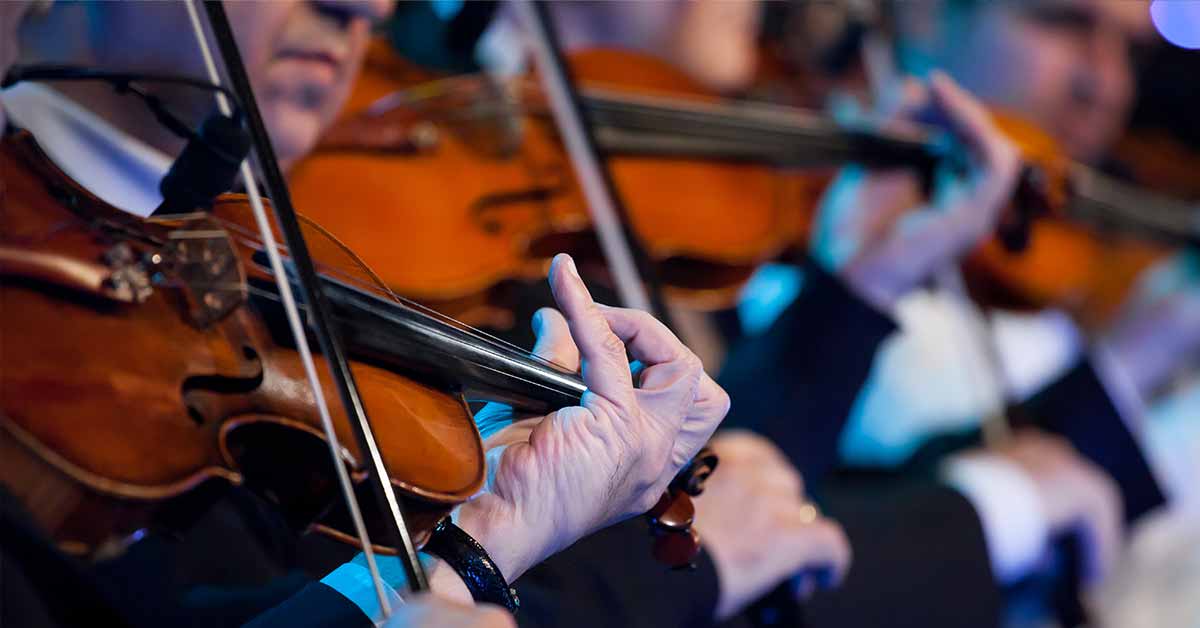
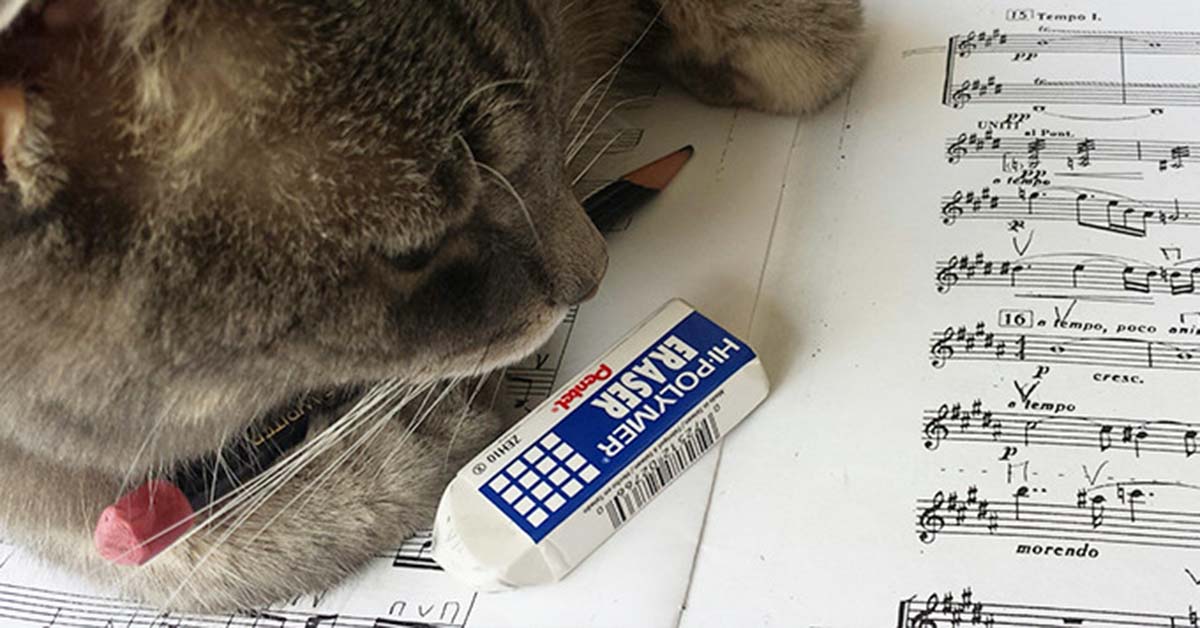
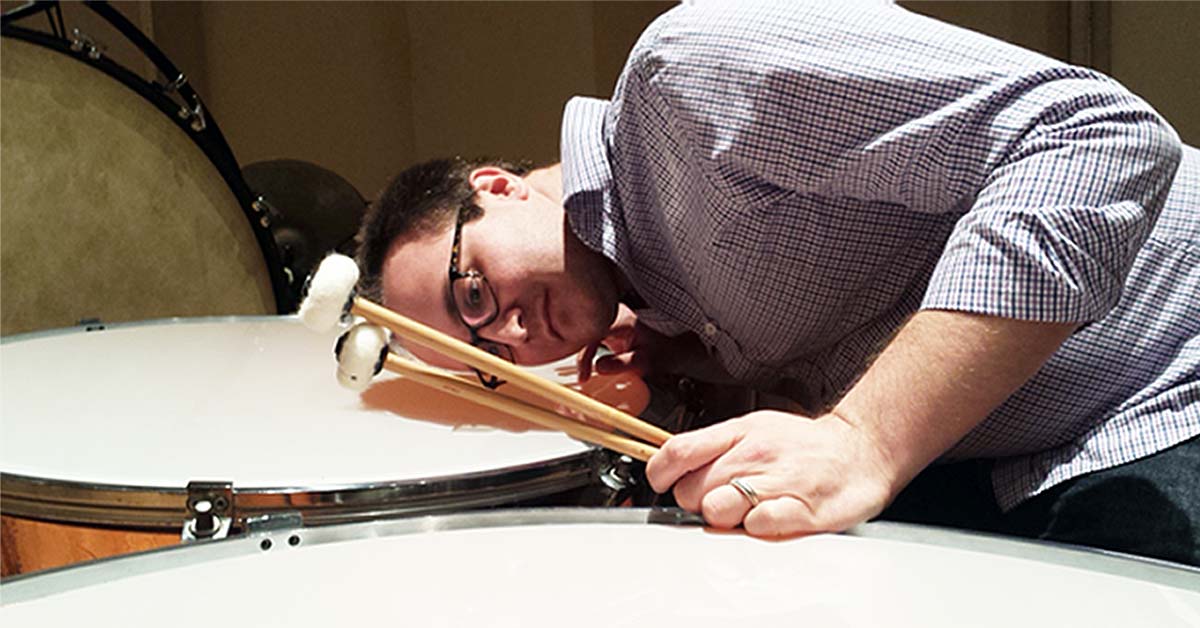



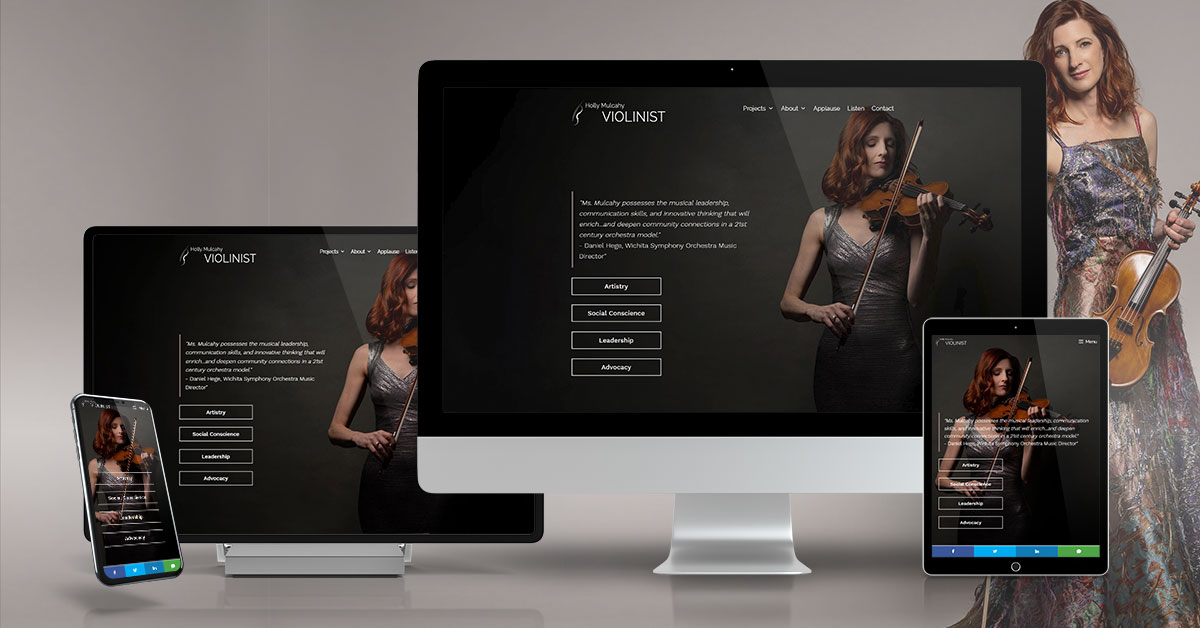

Engaging new arts related groups in joint events is very useful to attract new audience members. Our largest audience for the weekly outdoor string quartet concerts was an event at the Botanical garden. The ballet and opera company have also participated and brought their unique following.
I totally agree with your “Step 3”, and your ideas/ways to engage the audience. Our orchestra no longer has these events that help engage the audience, and I miss them. I no long have the “ownership” feeling of “this is MY symphony orchestra”. I enjoy the concerts, but miss that connection I felt when we had the pre-symphony talks with the artist & conductor, the luncheons with the guest artist, the “afterglow”, whether in the lobby, or a less formal “hey, let’s meet at the coffee shop and talk about the concert”. My feeling is that when an audience member is more engaged through these types of activities/experiences, they WANT to contribute financially to help suport the orchestra.